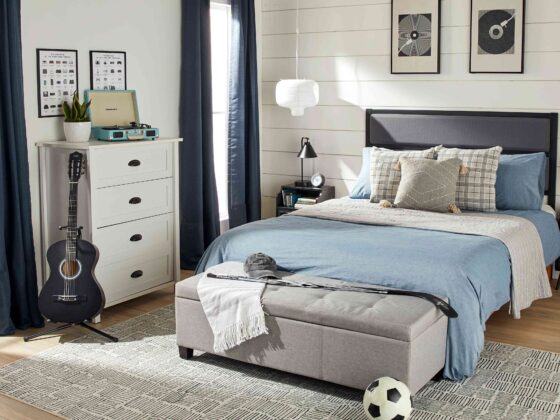Living near noisy neighbors can be a challenge. Whether it’s loud music, noisy conversations, or disruptive activities, unwanted noise can disrupt your peace and quiet at home.
However, there are effective strategies for soundproofing your walls and reducing the impact of noise from neighboring units. This article will guide you through various techniques for soundproofing walls, allowing you to create a quieter and more relaxing environment.
Assessing noise
Before diving into soundproofing solutions, it’s important to assess the type and level of noise you’re dealing with. Different types of noise may require different methods for effective soundproofing. Start by identifying the noise sources and specific frequencies that are most annoying. You can use a sound level meter to measure noise levels and determine best practices.
Installation of sound dampening panels

Install soundproof panels on walls that are specially designed to absorb sound waves and reduce the transmission of noise coming through walls. These panels are usually made of materials such as foam, fiberglass, or fabric-wrapped acoustic panels. They come in a variety of sizes, shapes and designs, allowing you to choose the option that best suits your aesthetic preferences.
To install soundproof panels, start by identifying the areas of the wall where noise penetration is greatest. Mount the panels using adhesive, hooks, or mounting brackets, making sure they cover as much surface area as possible. Place them strategically in places where noise enters or reverberates, such as near windows, doors or noisy appliances.
Sealing cracks and gaps

The simplest yet most effective way to soundproof walls is to seal cracks and gaps. Even small openings can allow significant amounts of noise to penetrate through walls. Use acoustic caulk or weatherstripping to seal gaps around windows, doors and electrical outlets. Pay close attention to areas where pipes or cables enter walls, as these are common sources of sound leakage.
Use of noise blocking panels
Use of our Noise blocking panels offer another effective solution for soundproofing walls. These panels are designed to block and absorb sound waves, reducing the transmission of noise between rooms or units. They are usually made of dense materials such as foam, vinyl, or composite materials with soundproofing properties.
To install noise blocking panels, measure the dimensions of the wall and cut the panels accordingly. Secure them to the wall using adhesive, screws, or mounting brackets, ensuring a tight and secure fit. Consider installing multiple layers of panels for better soundproofing performance, especially in areas with constant noise concerns.
Adding mass to the walls

Adding mass to walls can significantly improve their soundproofing capabilities. Dense materials such as drywall, plywood, or heavily packed vinyl can help block and absorb sound waves, reducing noise transmission between rooms or units. Consider adding an extra layer of drywall to existing walls or installing bulk-filled vinyl sheets between layers of drywall for maximum soundproofing.
Result
Finally, soundproofing walls from noisy neighbors requires strategic planning and effective implementation. By assessing the type and level of noise, sealing cracks and gaps, installing sound-absorbing panels, using sound-absorbing panels, and adding bulk to walls. , you can create a calmer and more peaceful environment. While no solution is completely foolproof, implementing these techniques can significantly reduce the impact of noise from neighboring units, allowing you to enjoy more peace and quiet at home.


